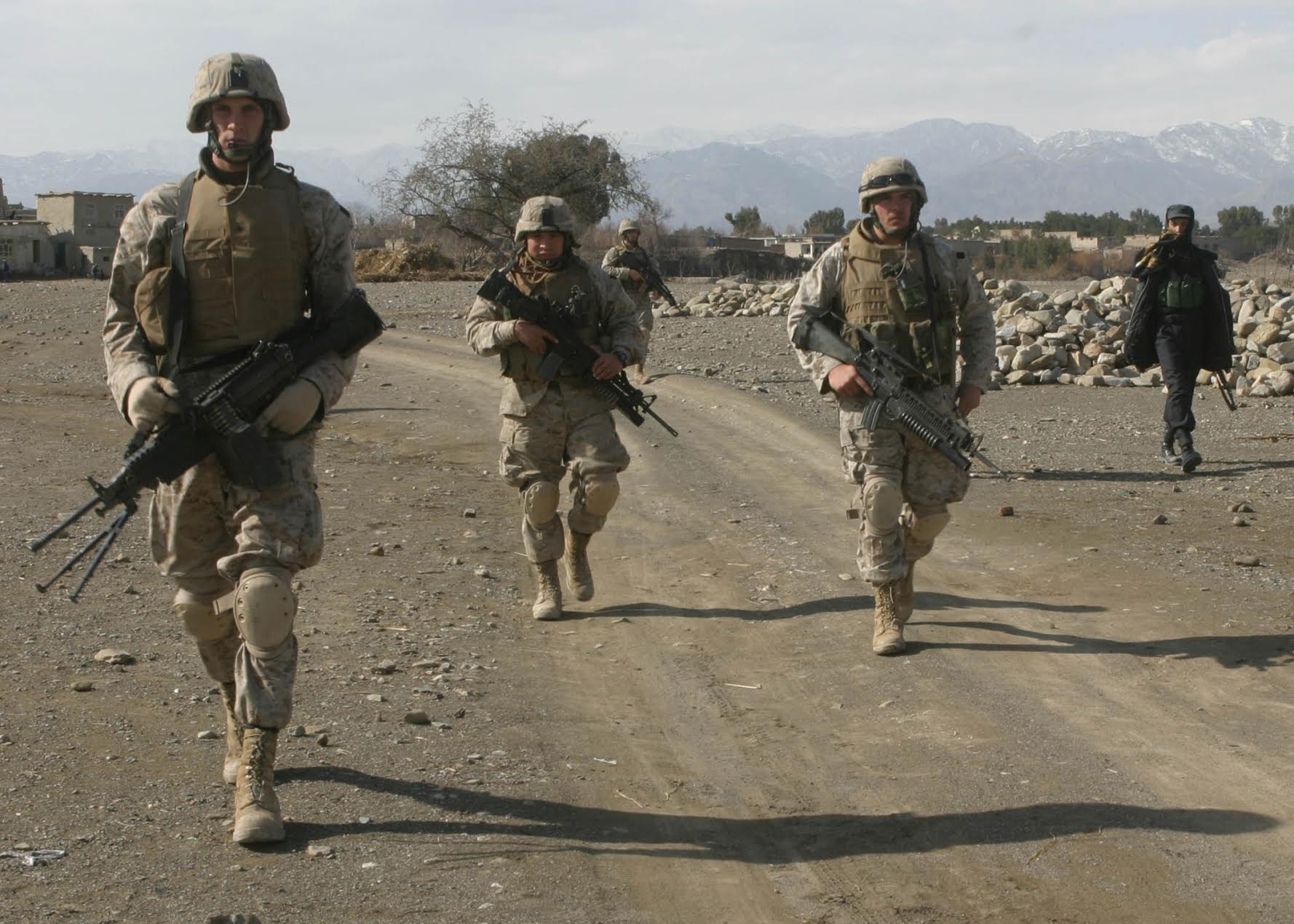
The Obsolete Personnel System of the United States Armed Forces
[divider]
[dropcap]T[/dropcap]he personnel system of the United States Armed Forces is in need of major reform. Currently, the United States (US) relies on a “Soviet-style personnel system” in which officers and soldiers are regarded interchangeably. However, given the rapidly evolving nature of war in the 21st century and the demands placed on personnel in shifting strategic landscapes, the US must reform the system to encourage innovation and adaptability and prioritize recruiting and retaining America’s “best and brightest” as military officers.
According to Atlantic Council Fellow LGEN David W. Barno, USA (Ret.) and American University Professor Dr. Nora Bensahel, the US’ current personnel system recalls the industrial era, where individuals are “treated as interchangeable parts.” This mechanical system of promotions and personnel allocation is counterproductive, especially given the unpredictability of conflict in the 21st century: because the military generally fails to anticipate future conflicts, this system means that the US enters each war with a force prepared to confront an obsolete opponent. Since there is rarely time to change the military’s technology or composition, success depends on the adaptability of military personnel.
But the current system is not designed to cultivate innovation and adaptability among its officers. Instead of being trained to think imaginatively from the start of their careers, junior officers “check the box” on specific command billets until they reach the rank of O-6, at which point they are expected to think creatively in order to shape military strategy. This ossification of command poses a number of challenges to America’s strategic readiness. First, the unique leadership challenges of asymmetric warfare mean that strategic thinking can no longer be confined to the upper echelons of military leadership. Second, junior officers have few opportunities to develop their strategic thinking or pursue non-traditional career paths. Finally, the current system often deters innovative individuals from staying in the military long enough to become flag officers.
The experiences of America in its two most recent wars underscore the need for creative officers. America’s two most recent wars in Iraq and Afghanistan have revolved around asymmetric counterinsurgency (COIN) operations, which have posed unique leadership challenges to junior officers due to the decentralized nature of the enemy. Because insurgents are integrated within the civilian population, COIN requires a focus on “human terrain,” or establishing relationships with locals, instead of a conventional focus on physical terrain. This population-centric approach means that the tactical decisions of junior officers have strategic consequences: for example, alienating local leaders in one village can destabilize US forces in an entire area of operations. As such, junior officers must be strategically informed, in addition to their traditional responsibility of tactical proficiency, in order to make sound decisions.
Despite the necessity of strategic awareness in junior officers, training pipelines discourage such development: there are few opportunities for higher education or nontraditional assignments at a junior officer level. The military operates based on an “up-or-out” promotion system that requires officers to fill specific command positions in order to get promoted – or risk career stagnation. Since there are predetermined positions that junior officers are expected to hold, they have fewer opportunities to get graduate degrees from civilian institutions or pursue a “tour with industry” (TWI), a tour of service with a private sector company. By preventing junior officers from diversifying their intellectual and practical experience outside of the military, the promotion system decreases their combat effectiveness in asymmetric security environments. Additionally, junior officers who are prepared to innovate and think strategically in difficult security environments often leave the military before becoming flag officers. According to a 2010 survey of Army officers, only 6% agreed with the statement, “The current military personnel system does a good job retaining the best leaders.” Many junior officers move to the private sector at the end of their mandatory service, where they have more control over their career paths, more intellectual opportunities, and a better work-life balance.
Senior military leaders, such as Secretary of Defense Ash Carter, have begun to acknowledge the challenges that this archaic military personnel system poses to the US. However, attempts to change the system have faced intense pushback. Secretary Carter’s “Force of the Future” initiative, launched in 2015, aimed to replace the “up-or-out” promotion system with a “perform-or-out” system by encouraging officers to seek nontraditional assignments, among other reforms. However, after confrontations with senior military leaders, Secretary Carter mitigated some of the reforms to focus on smaller issues, such as deployment lengths. Even the watered down reforms were squashed by the Senate Armed Service Committee, where Senator Mike Lee (R-Utah) criticized them as an attempt to make the military “progressive.” For the time being, it unfortunately seems that the personnel readiness of the military will continue to rely on the adaptability of individual officers, rather than on a comprehensive system that encourages innovation.
[hr]
Christina Bartzokis is a sophomore in Jonathan Edwards College. You can contact her at christina.bartzokis@yale.edu